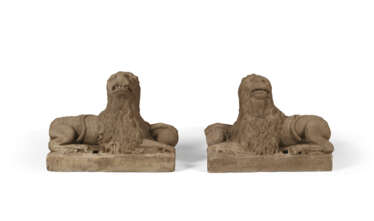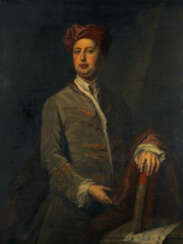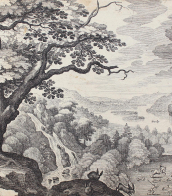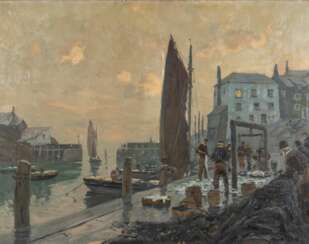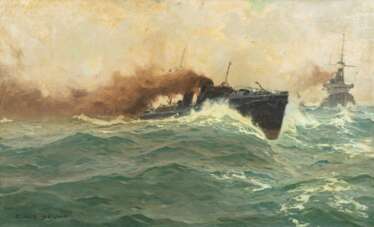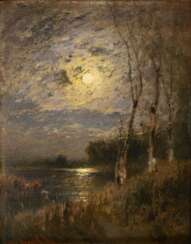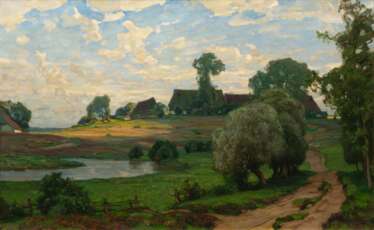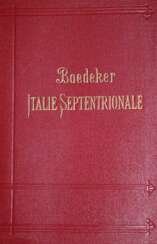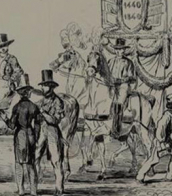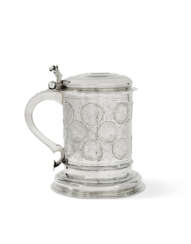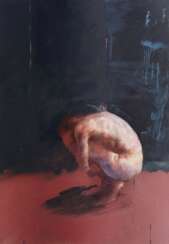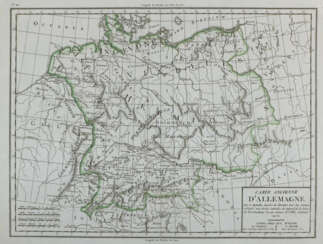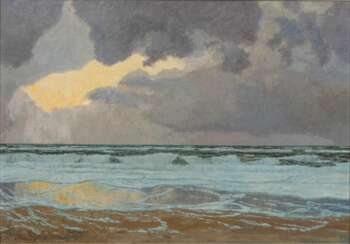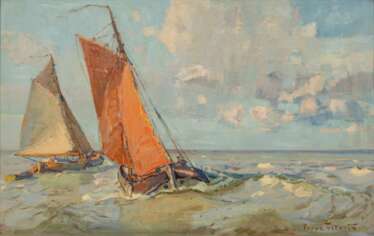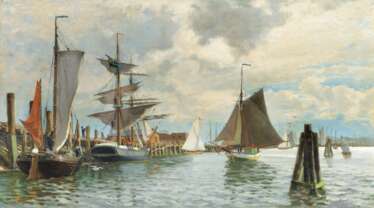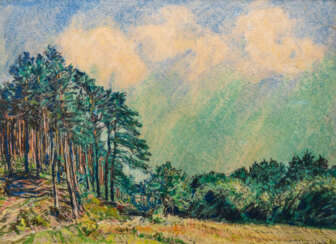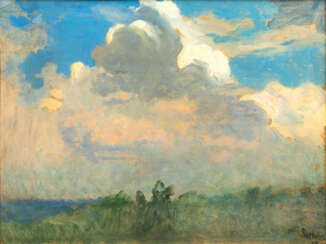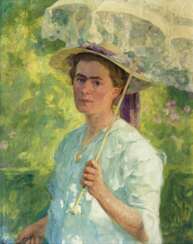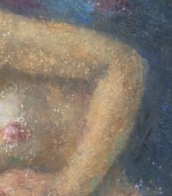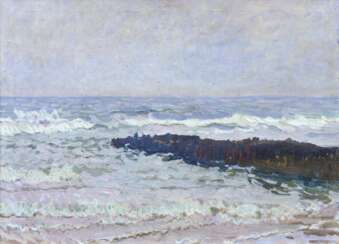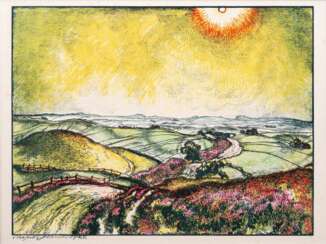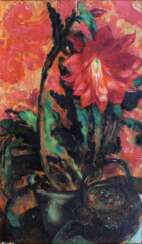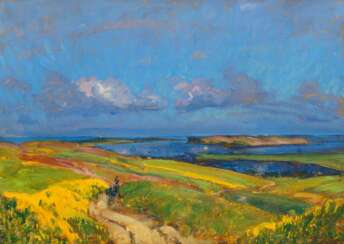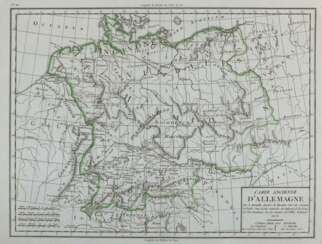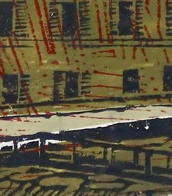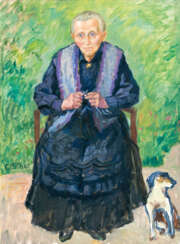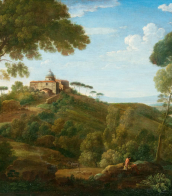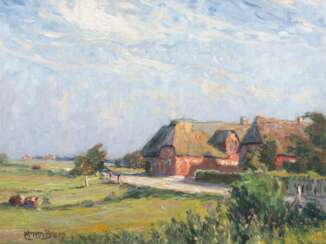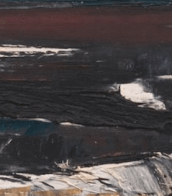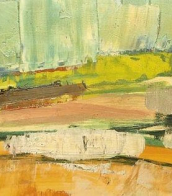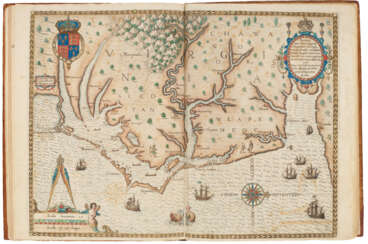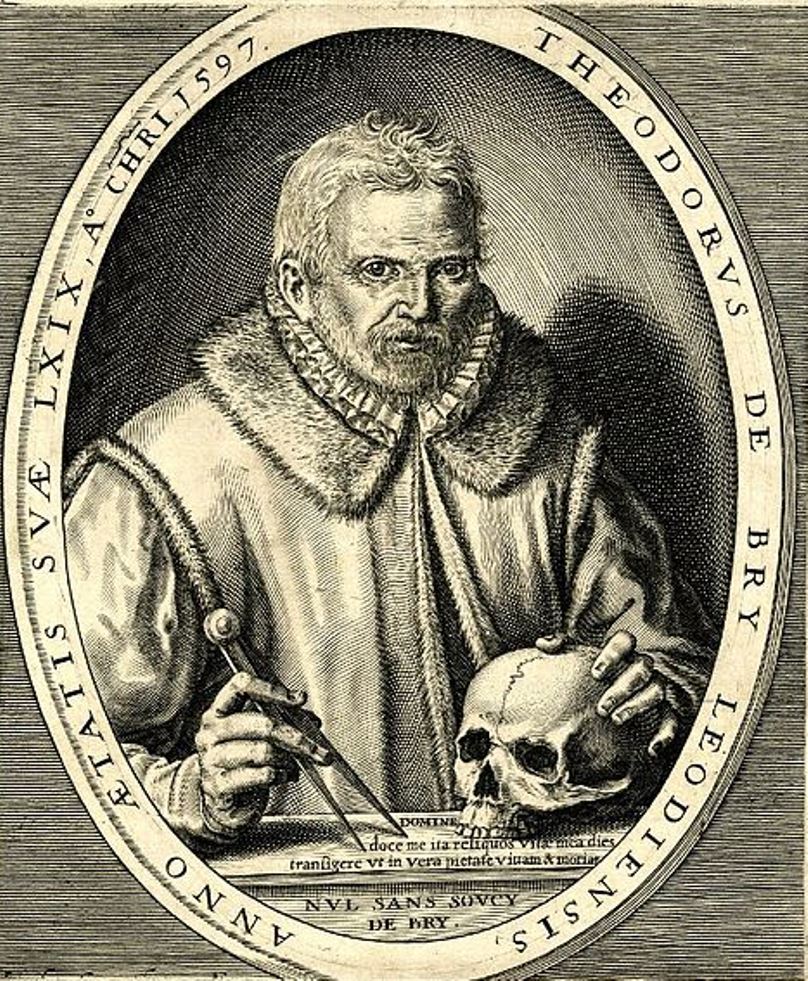art de l'allemagne du nord

Léon Spilliaert was a Belgian artist. He is known for his unique style of symbolism, with many of his works featuring dream-like landscapes, eerie still lifes, and enigmatic figures.
Spilliaert grew up in a wealthy family, and he initially studied architecture before turning to art. He was largely self-taught, and his work was heavily influenced by the Belgian symbolist movement, as well as the works of artists such as James Ensor and Edvard Munch.
Spilliaert was particularly interested in exploring the mysteries of the human psyche, and many of his works reflect a sense of unease or uncertainty. He often used strong contrasts of light and shadow to create a sense of drama and tension in his works, and his use of color was often muted and subdued.
Despite his success as an artist, Spilliaert was a deeply private individual, and he rarely exhibited his work during his lifetime. He continued to work throughout his life, however, producing a large body of haunting and enigmatic works that continue to captivate audiences today.

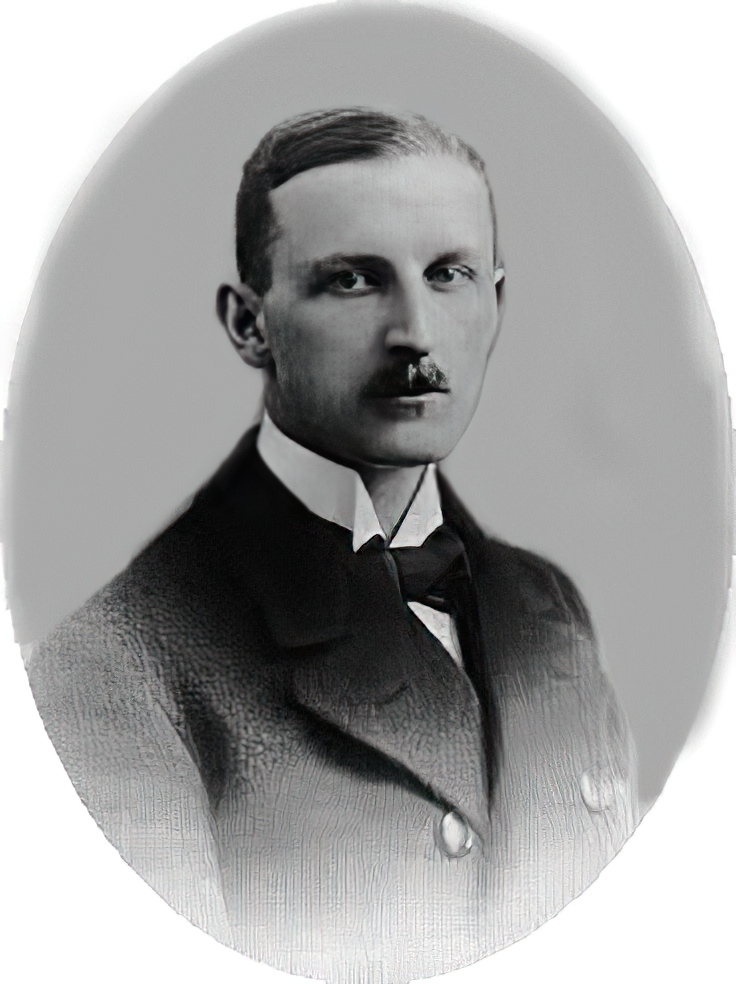
Claus Friedrich Bergen was a German painter of the first half of the twentieth century. He is known as a marine painter and illustrator.
Claus Bergen illustrated Karl May's adventure tales early in his career, creating more than 450 works. He specialized in nautical subjects, depictions of fishing and coastal landscapes, and traveled to Norway, England, the Mediterranean and America. During World War I, Bergen created paintings depicting sea battles; he was the only artist of his time to participate in a submarine raid. In World War II, he was included by the Nazis in the "God-given list" and his work was exhibited in Nazi exhibitions in Munich from 1937 to 1944.


Claus Friedrich Bergen was a German painter of the first half of the twentieth century. He is known as a marine painter and illustrator.
Claus Bergen illustrated Karl May's adventure tales early in his career, creating more than 450 works. He specialized in nautical subjects, depictions of fishing and coastal landscapes, and traveled to Norway, England, the Mediterranean and America. During World War I, Bergen created paintings depicting sea battles; he was the only artist of his time to participate in a submarine raid. In World War II, he was included by the Nazis in the "God-given list" and his work was exhibited in Nazi exhibitions in Munich from 1937 to 1944.

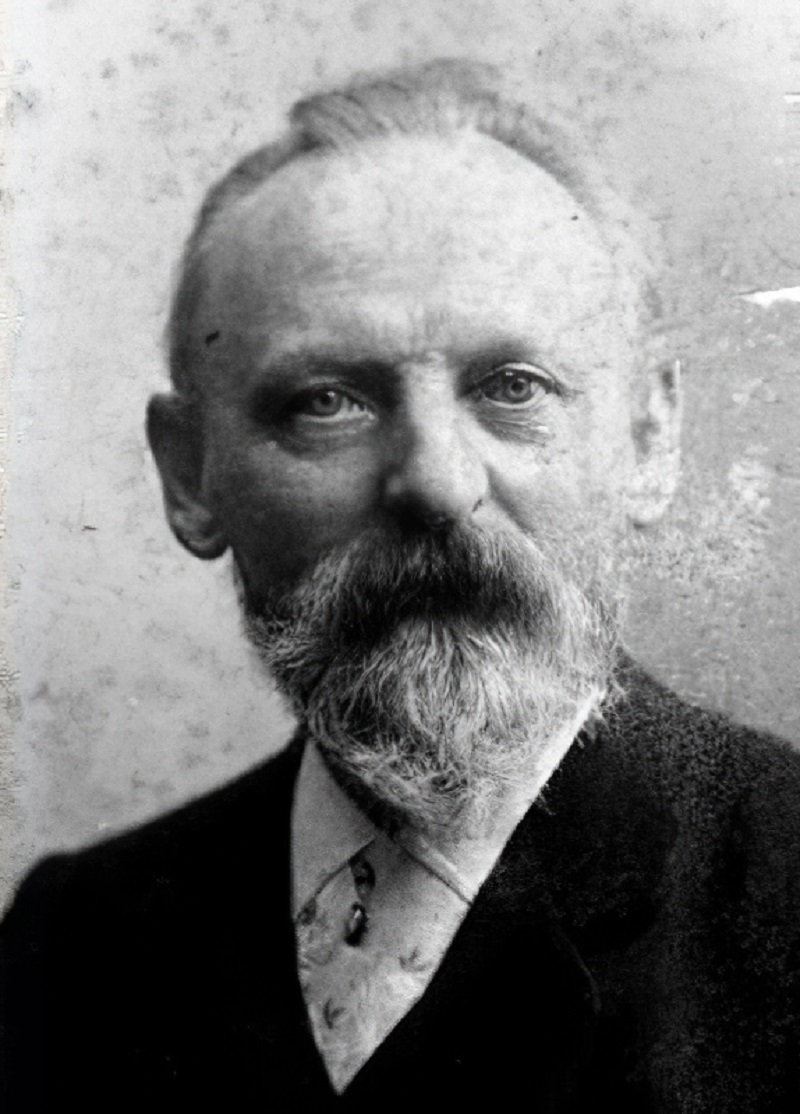
Carl Ludwig Christoph Douzette, known as Louis Douzette, was a German landscape painter.

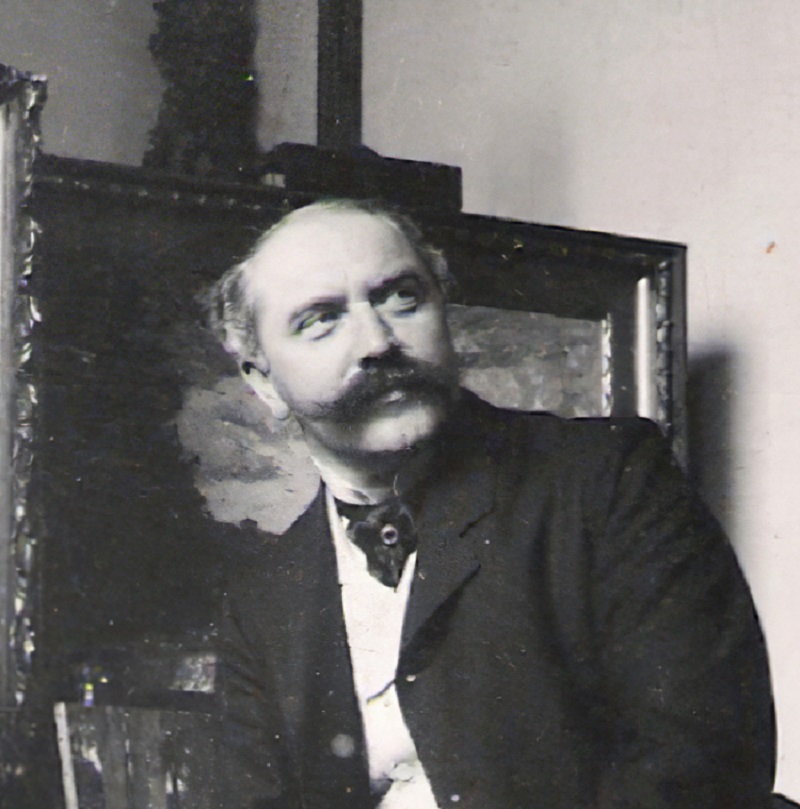
Wilhelm Feldmann was a German landscape painter, etcher, and lithographer.
In 1887, he received an award from the Dresden Watercolor Academy. Two years later, he was presented with the Menzel Foundation award. The Berlin Academy gave him a special award in 1890, for his etching of the Rudelsburg.
From 1890 to 1902, he worked in Berlin, as a free-lance landscape artist and etcher. He was awarded a small gold medal at the Große Berliner Kunstausstellung of 1895.
The Lüneburg Heath is a recurring motif in his works. By the 1900s, he was the best known painter of heath landscapes.

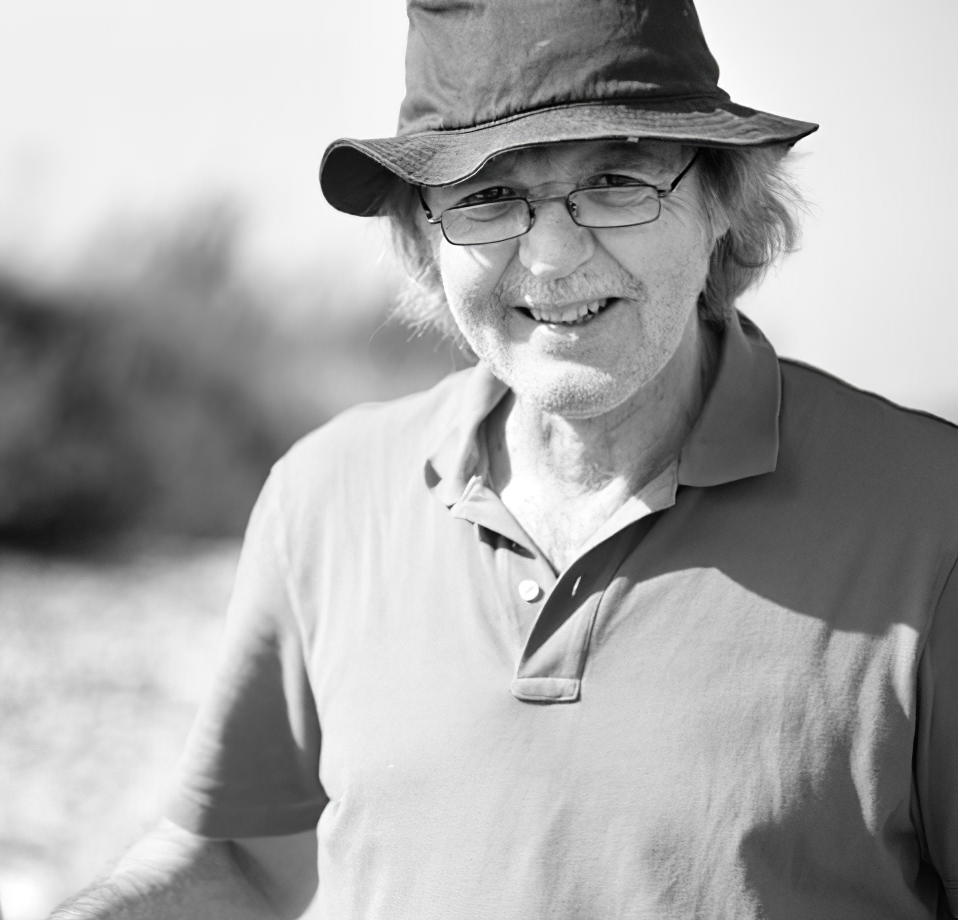
Ulf Petermann is a contemporary German realist painter.

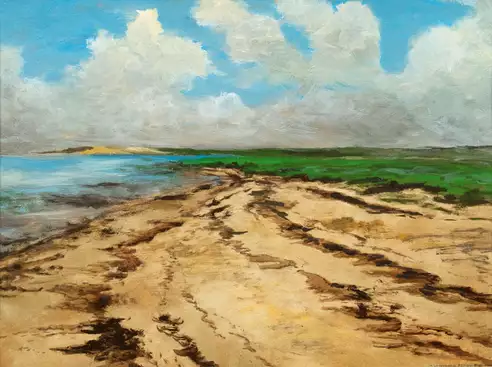

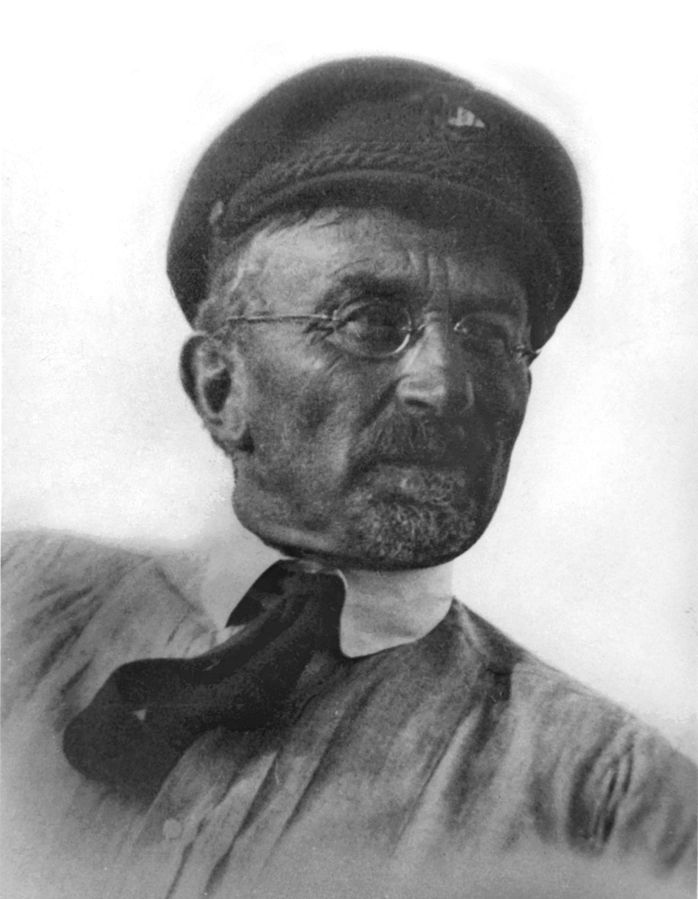
Poppe Folkerts was a German marine painter, draughtsman and graphic artist. He studied at the Berlin Academy of Fine Arts under Karl Salzmann. In 1907 and 1908 he studied figure and portrait painting in Düsseldorf with Eduard von Gebhardt, before going to Paris in 1909, where he was accepted at the Académie Julian.
Poppe Volkerts is considered one of the most outstanding artists of the Frisian coast. As an enthusiastic sailor, he was able to capture the peculiarities of this landscape, the struggle of people with the forces of nature and the fascination of the sea with its constantly changing weather conditions and moods, with a unique liveliness and intensity. His pastose application of paint, special lighting and pure colours create the spatial depth and radiance inherent in the paintings.


Poppe Folkerts was a German marine painter, draughtsman and graphic artist. He studied at the Berlin Academy of Fine Arts under Karl Salzmann. In 1907 and 1908 he studied figure and portrait painting in Düsseldorf with Eduard von Gebhardt, before going to Paris in 1909, where he was accepted at the Académie Julian.
Poppe Volkerts is considered one of the most outstanding artists of the Frisian coast. As an enthusiastic sailor, he was able to capture the peculiarities of this landscape, the struggle of people with the forces of nature and the fascination of the sea with its constantly changing weather conditions and moods, with a unique liveliness and intensity. His pastose application of paint, special lighting and pure colours create the spatial depth and radiance inherent in the paintings.

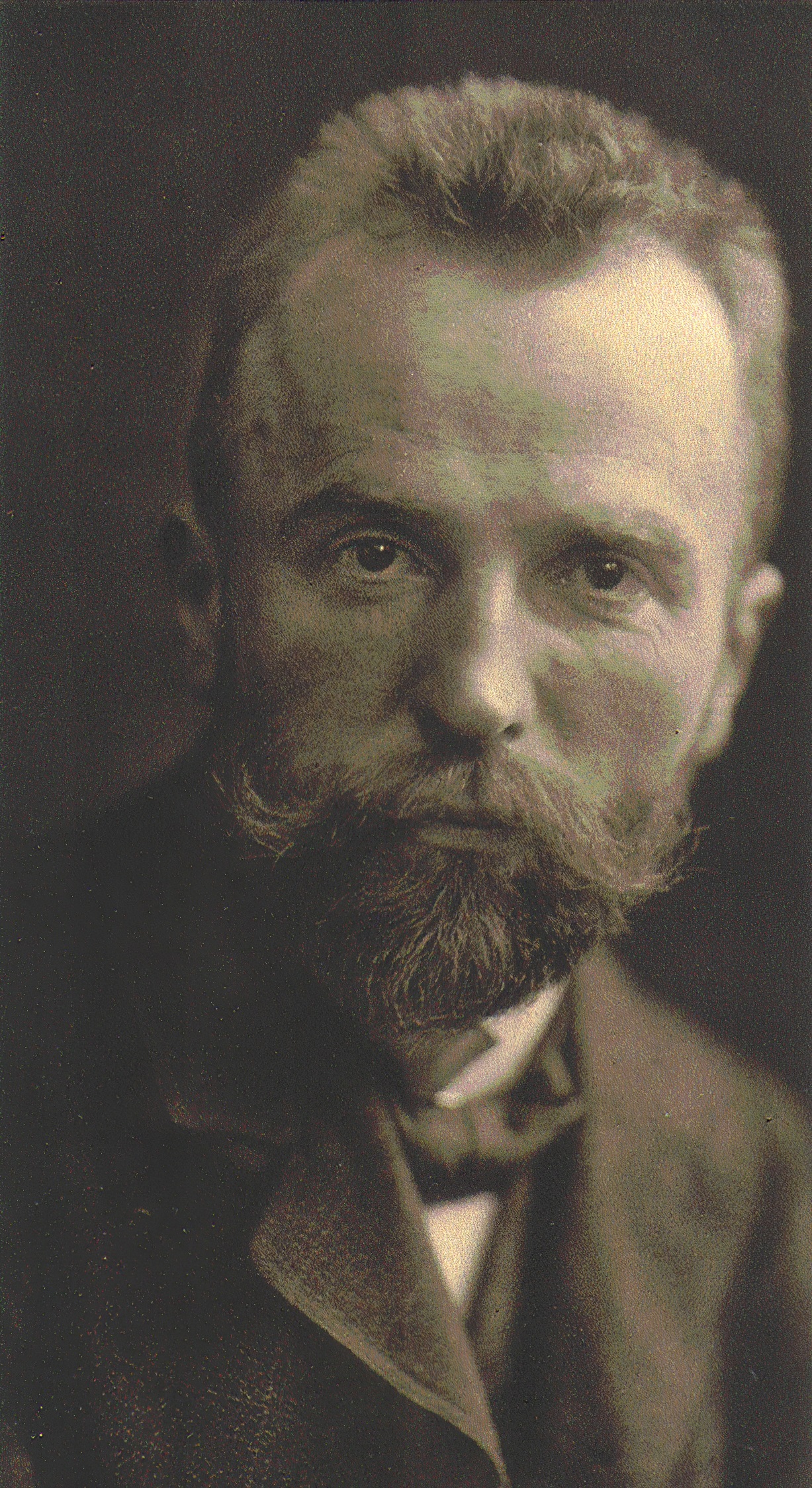
Karl Wilhelm Arthur Illies was a German impressionist painter. He specialised in landscapes and was considered a brilliant graphic artist.
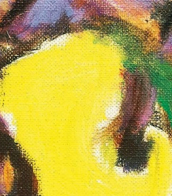
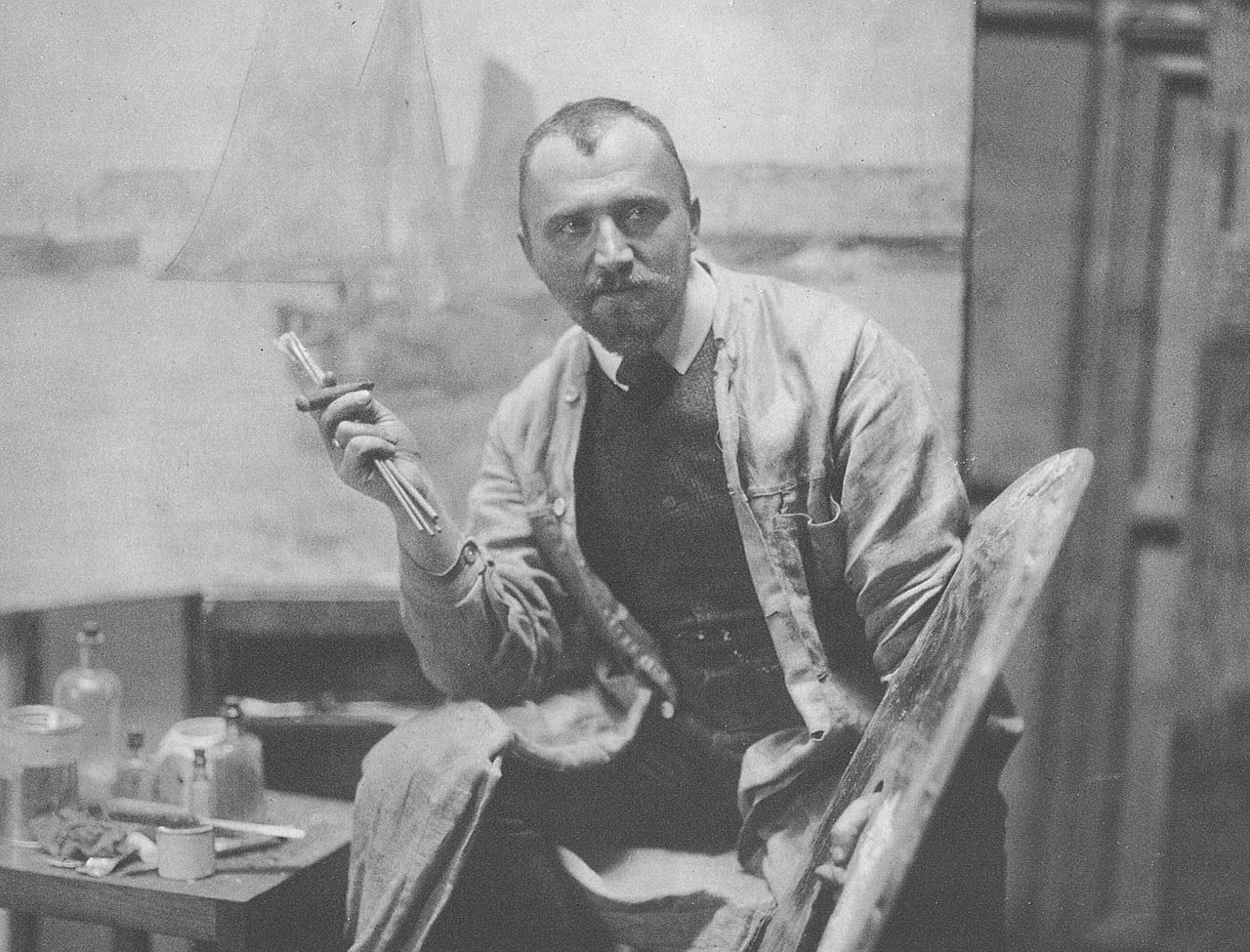


Karl Wilhelm Arthur Illies was a German impressionist painter. He specialised in landscapes and was considered a brilliant graphic artist.
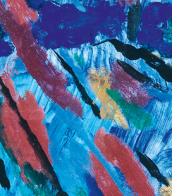

Karl Wilhelm Arthur Illies was a German impressionist painter. He specialised in landscapes and was considered a brilliant graphic artist.


Karl Wilhelm Arthur Illies was a German impressionist painter. He specialised in landscapes and was considered a brilliant graphic artist.

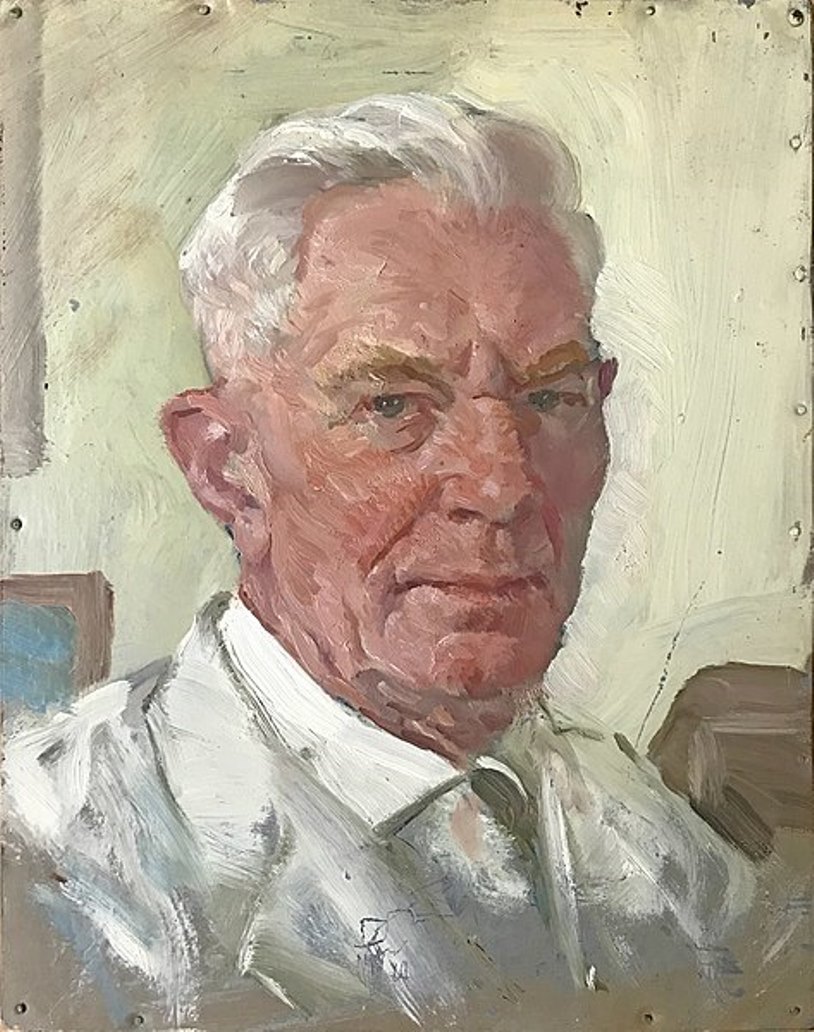
Fritz Discher was a German landscape painter.
Discher first trained as a mechanical engineer and then studied painting at the Royal University of Fine Arts in Charlottenburg. In 1909, Discher became a specialist teacher at the Municipal Trade Hall in Berlin, and at the same time he continued his painting activities. From 1924 he had his own studio as a freelance portrait painter.

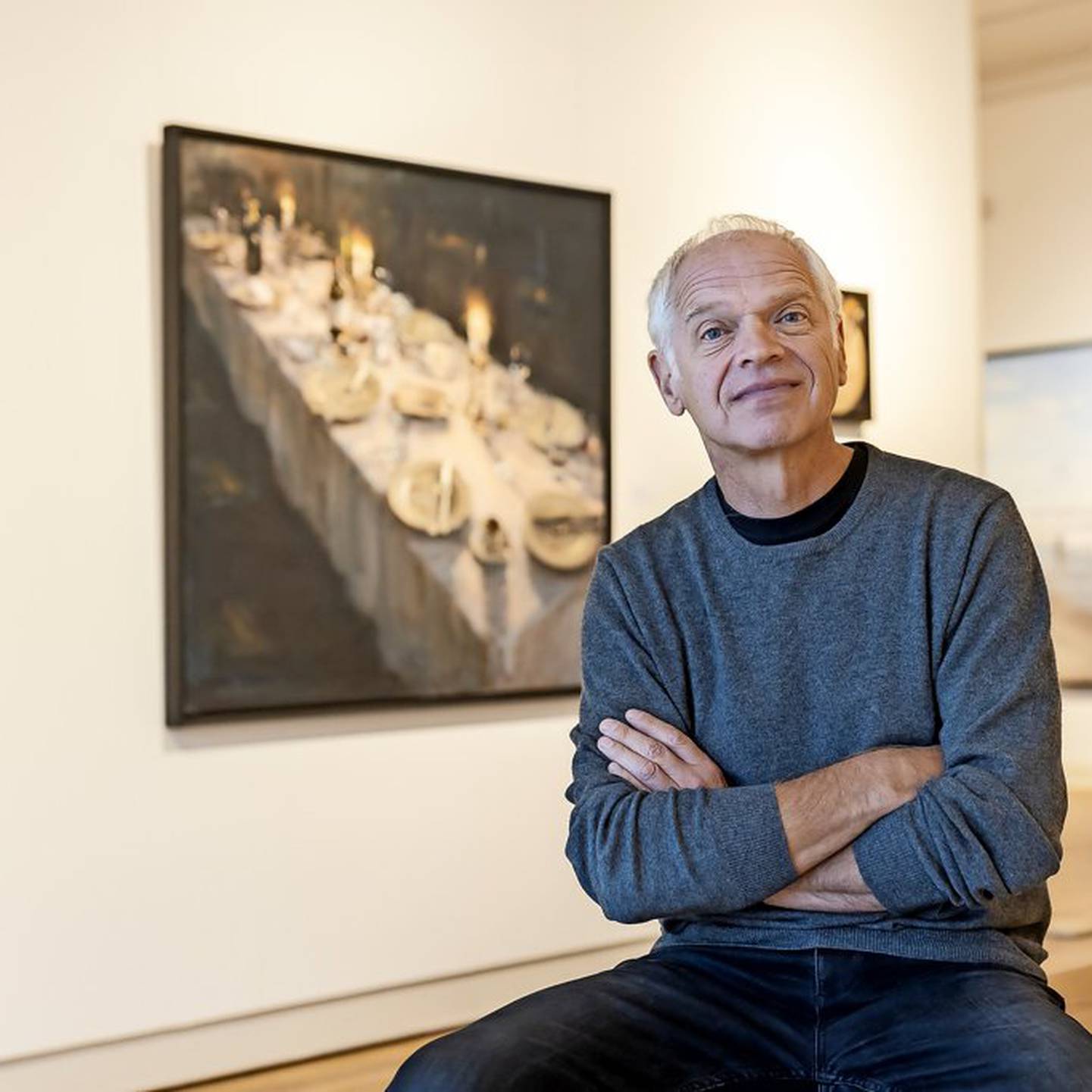
Friedel Anderson is a German landscape, architectural and object painter.
Friedel Anderson's artistic work encompasses a wide range of techniques and motifs, from landscapes painted against nature, city and harbour views to portraits and still lifes. The landscapes initially focused on the Nordic region. Later, regular journeys through Europe (Italy, France, England) and Africa expanded the themes of his travel and landscape paintings. Anderson found further focal points of his work in shipping, the industrial working world, as well as in the cultural and natural spaces around harbours, rivers and industrial ruins. Interiors and still lifes are also among Anderson's important motifs.

